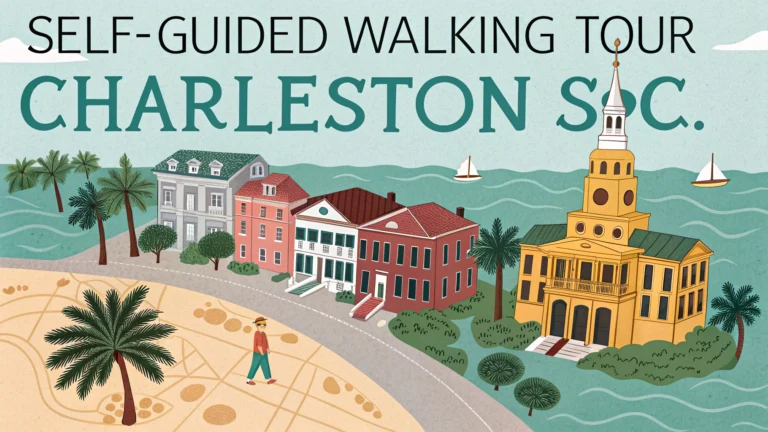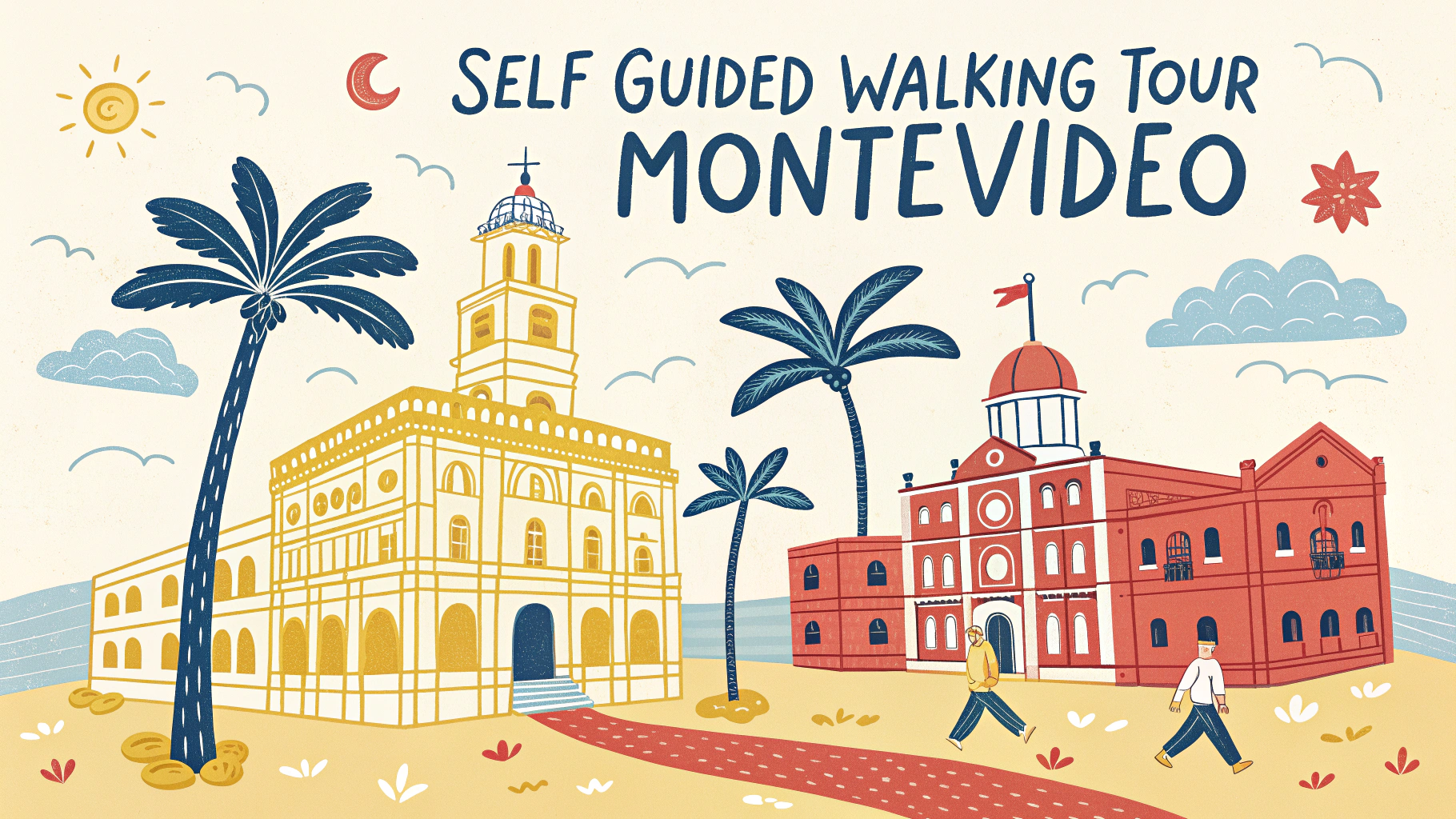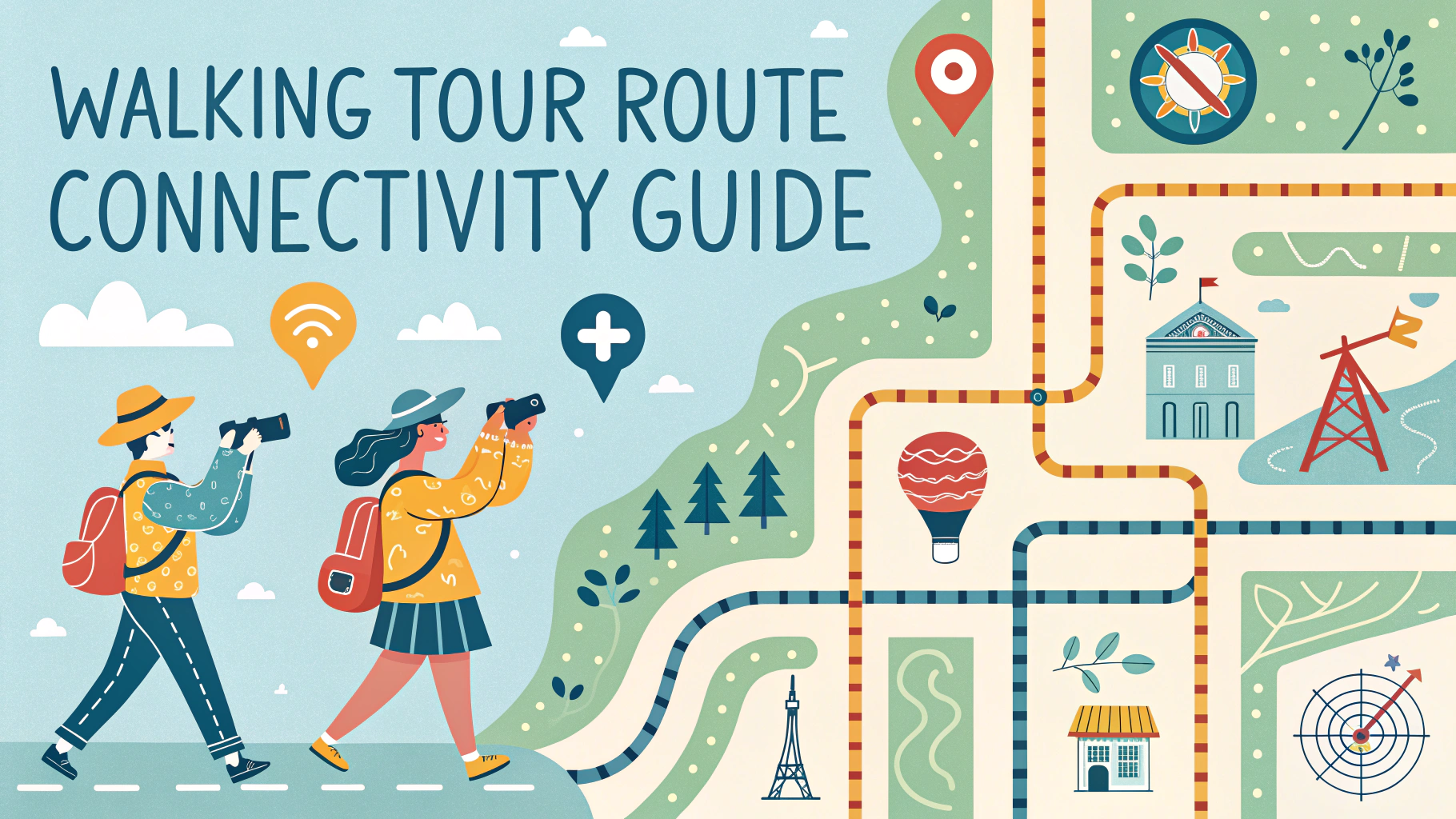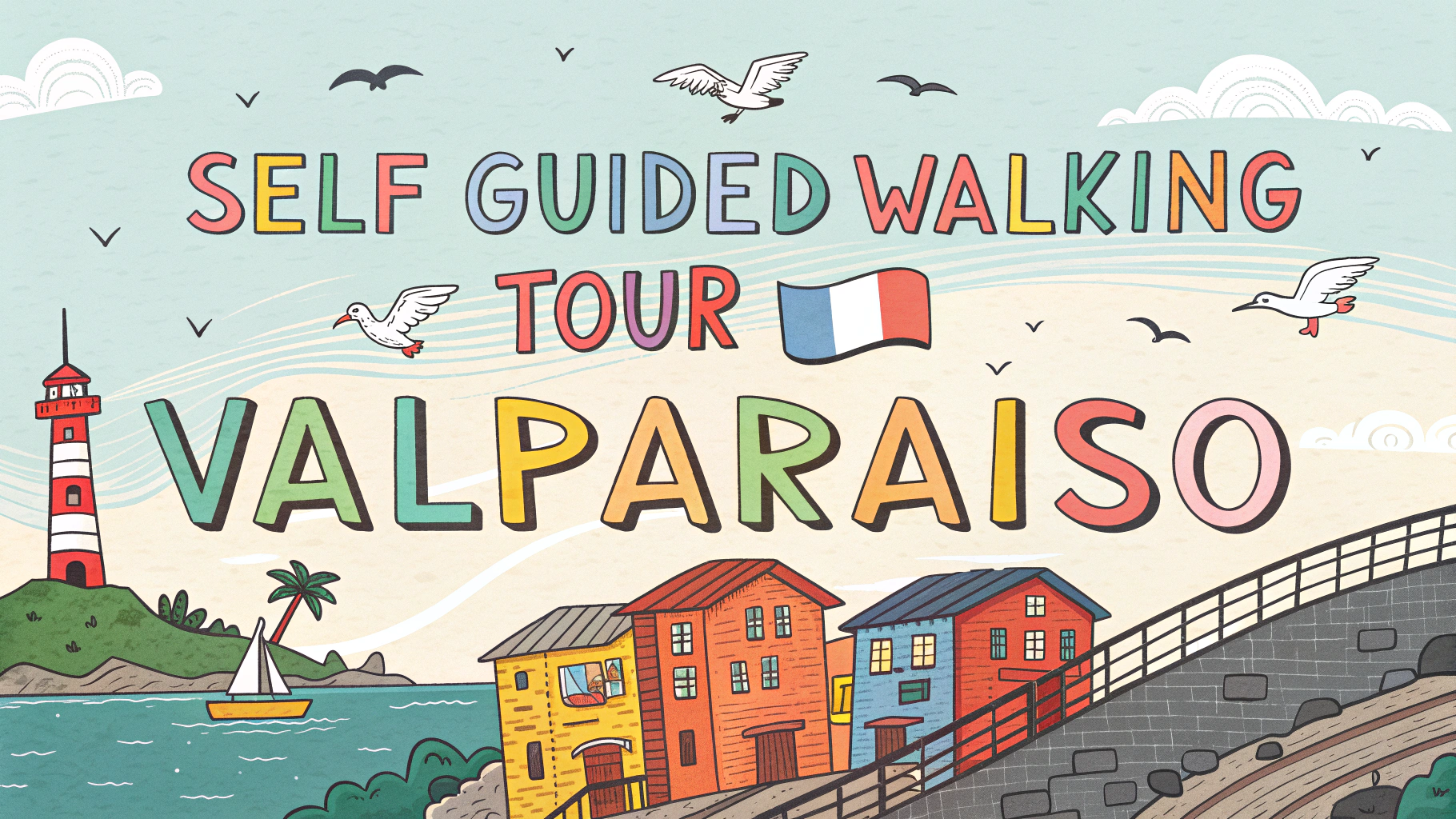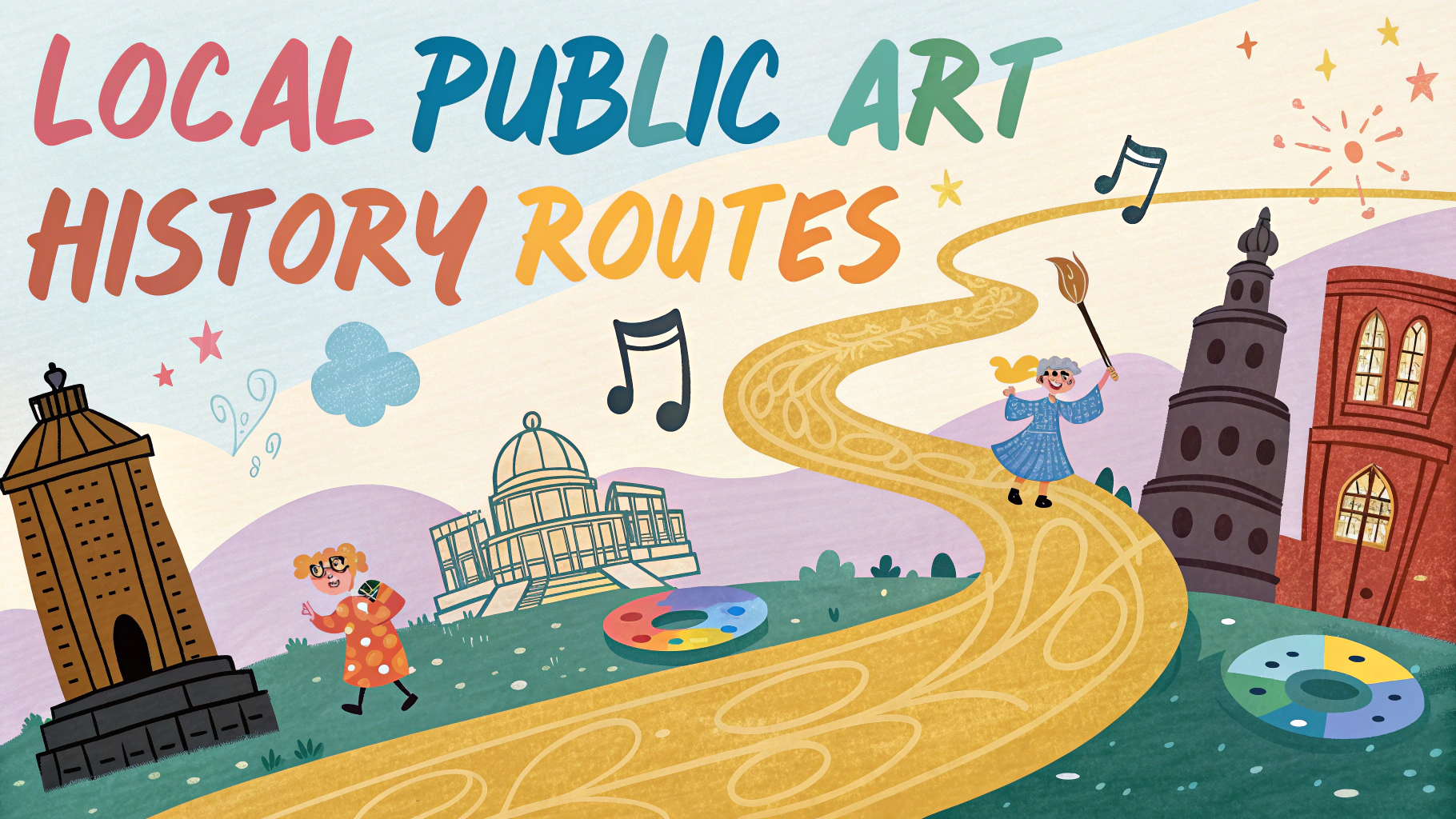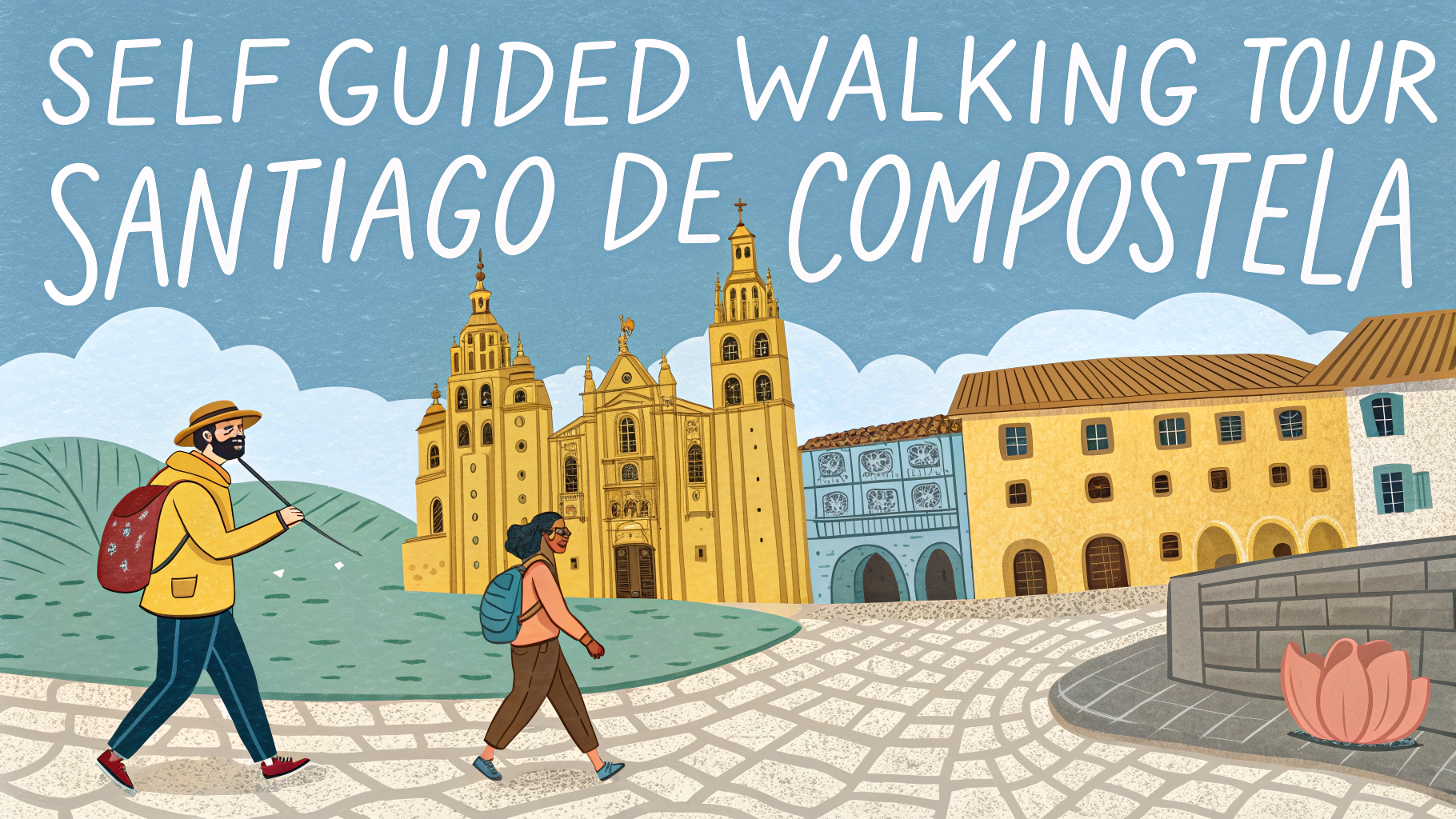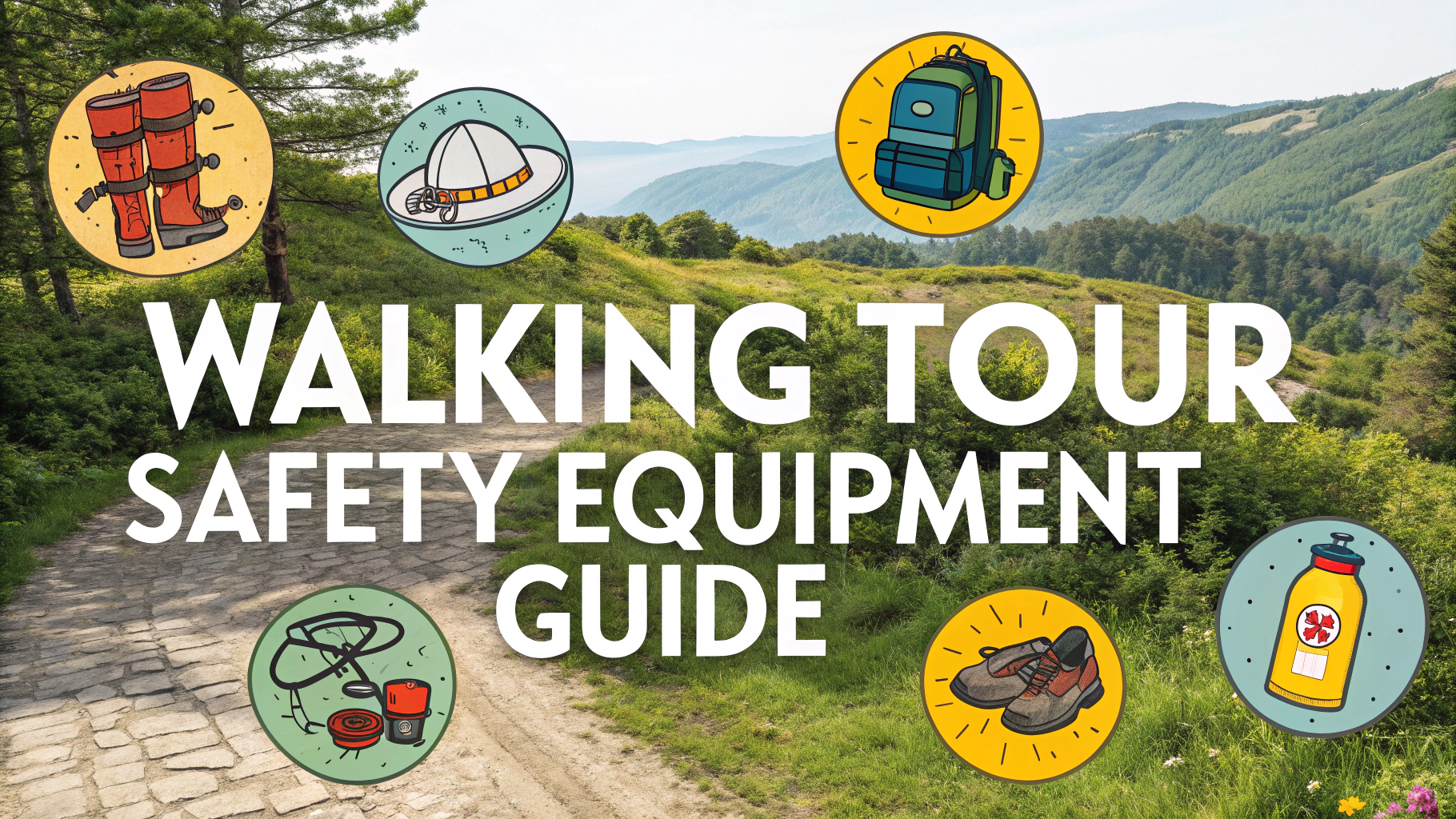Charleston’s historic district offers the perfect setting for a self-guided walking tour through centuries of American history, stunning architecture, and Southern charm.
Quick Route Overview
This 2-mile loop starts at Marion Square and takes about 2-3 hours to complete at a leisurely pace.
Starting Point: Marion Square
- Address: 329 Meeting Street
- Parking available at nearby garages
- Public restrooms on-site
Key Stops Along the Route
- King Street Shopping District
- Historic commercial corridor
- Antique stores and boutiques
- Charleston City Market nearby
- Rainbow Row
- 13 colorful historic homes
- Located: 83-107 East Bay Street
- Best photo opportunity: morning light
- The Battery
- Historic defensive seawall
- Antebellum mansions
- White Point Gardens
Practical Tips
- Wear comfortable walking shoes
- Bring water and sun protection
- Best times: early morning or late afternoon
- Download offline maps before starting
Historical Landmarks to Note
| Landmark | Address | Significance |
|---|---|---|
| St. Michael’s Church | 71 Broad St | Oldest church building in Charleston (1761) |
| Nathaniel Russell House | 51 Meeting St | Federal style architecture (1808) |
| Old Exchange Building | 122 East Bay St | Colonial maritime commerce center |
Food Stops
- Brown Dog Deli – 40 Broad Street
- Sweetwater Cafe – 137 Market Street
- Fast & French – 98 Broad Street
Each season brings unique experiences to Charleston’s historic streets – spring showcases blooming gardens, fall offers comfortable temperatures, and winter provides clear views of architectural details.
Safety Notes
- Stay on designated sidewalks
- Cross at marked crosswalks
- Keep valuables secure
- Emergency: dial 911
- Non-emergency police: (843) 743-7200
This route can be modified based on your interests and time constraints – feel free to explore side streets that catch your eye.
Additional Highlights
Beyond the main route, several cultural and historical treasures deserve attention during your Charleston exploration.
Museums Along the Way
- Gibbes Museum of Art
- 135 Meeting Street
- Southern art collections
- Rotating exhibitions
- The Charleston Museum
- 360 Meeting Street
- America’s first museum (1773)
- Local history exhibits
Hidden Courtyards
- Philadelphia Alley – Historic passageway
- Longitude Lane – Cobblestone charm
- Stoll’s Alley – Private gardens glimpses
Evening Extensions
The historic district transforms after sunset, offering different perspectives and experiences.
Evening Activities
- Ghost tours departing from City Market
- Sunset harbor cruises
- Rooftop bars with skyline views
Conclusion
Charleston’s historic district walking tour provides an intimate look at the city’s architectural heritage, cultural significance, and Southern hospitality. From Rainbow Row’s iconic facades to hidden alleyways, each step reveals new stories of the Holy City’s past and present.
Final Planning Tips
- Consider guided tours for deeper historical context
- Check weather forecasts before starting
- Make dining reservations in advance
- Respect private property and resident privacy
FAQs
- What is the best time of year for a self-guided walking tour in Charleston?
Spring (March to May) and fall (September to November) are ideal, with mild temperatures and beautiful blooming flowers in spring or fall foliage. Avoid summer months when temperatures and humidity are extremely high. - How long does it typically take to complete a self-guided walking tour of historic Charleston?
A comprehensive walking tour of Charleston’s historic district typically takes 2-3 hours, covering approximately 2 miles of the peninsula’s core attractions. - What are the must-see landmarks on a Charleston walking tour?
Essential stops include Rainbow Row, The Battery, St. Michael’s Church, Charleston City Market, Waterfront Park, and the Four Corners of Law at Broad and Meeting Streets. - Is it safe to do a self-guided walking tour in Charleston?
Yes, Charleston’s historic district is generally very safe during daylight hours. The area is well-patrolled and frequently visited by tourists, with well-lit streets and clear signage. - Where should I start my self-guided walking tour?
Most self-guided tours begin at the Charleston Visitor Center at 375 Meeting Street, or at Marion Square, both offering convenient parking and orientation materials. - Are there any free walking tour maps available?
Yes, free maps are available at the Charleston Visitor Center, many hotels, and online through the Charleston CVB website. The city also has historic markers throughout the district providing detailed information. - What should I wear for a walking tour in Charleston?
Comfortable walking shoes are essential. Dress in layers and bring sun protection. The city’s historic district features uneven cobblestone streets, so sturdy footwear is important. - Can I access private historic homes during a self-guided tour?
Most private historic homes require separate admission and guided tours. However, you can view their exterior architecture and gardens from public streets and sidewalks. - Where can I take breaks during the walking tour?
White Point Garden, Waterfront Park, and numerous cafes along the route offer perfect rest stops. Many historic squares also provide benches and shade. - Are Charleston’s historic sites wheelchair accessible?
While many sidewalks and public areas are accessible, some historic sites have limited accessibility due to preservation requirements. Main thoroughfares are generally wheelchair-friendly, but some cobblestone streets may be challenging.
